Scientists have discovered a strange type of superconductivity revealing unique six-fold electron pairing and natural Majorana particles.
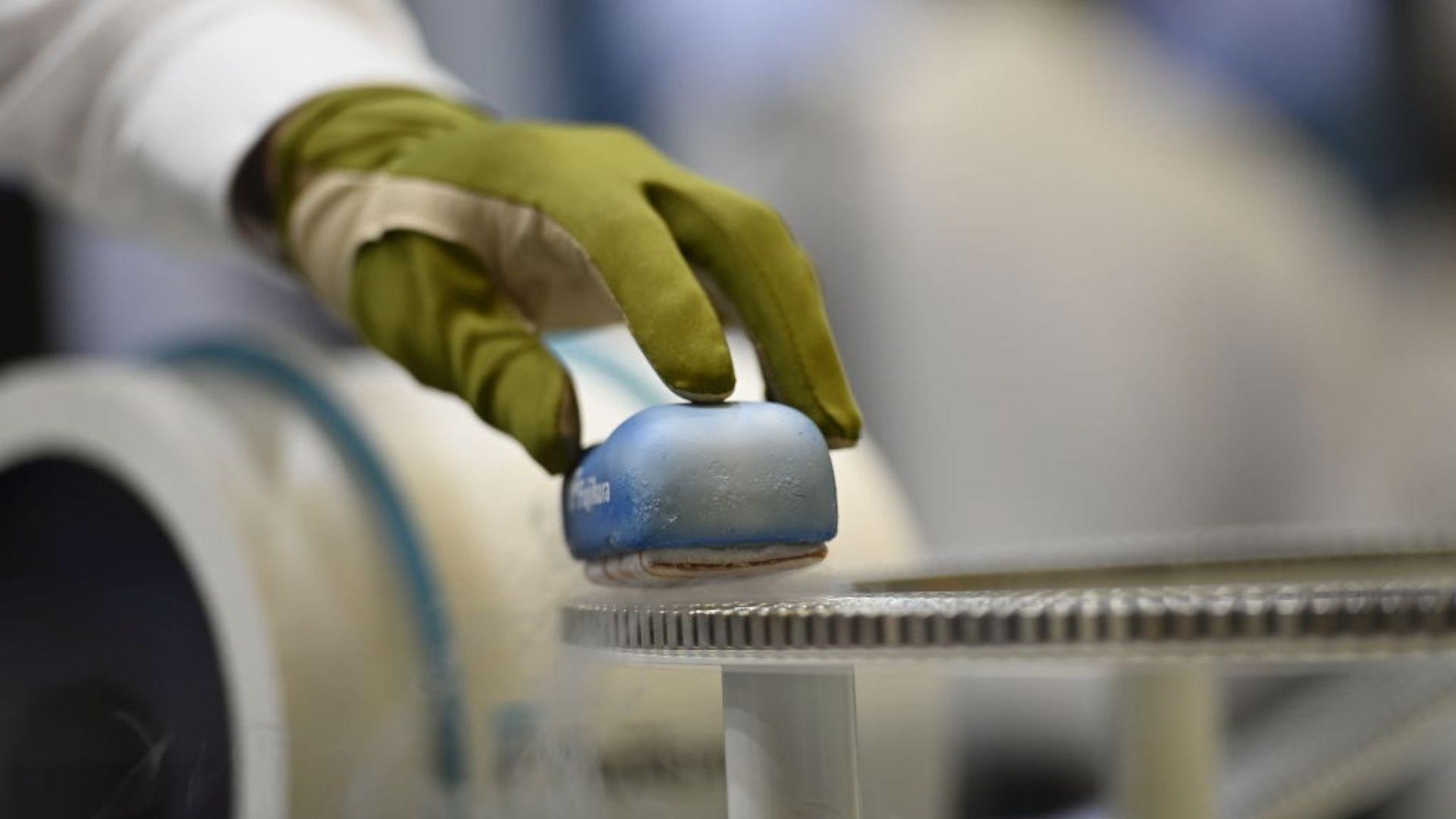

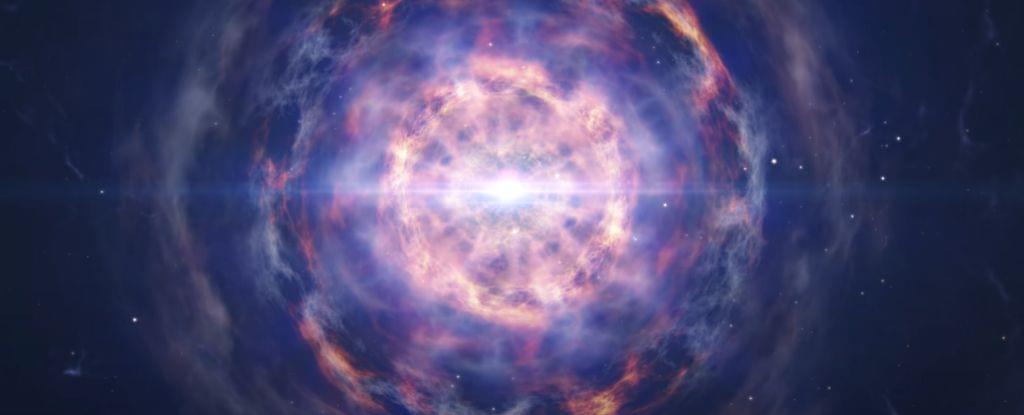
Never-before-seen ratios of particles making up atomic nuclei have emerged in a landmark experiment involving the fragmentation of heavy elements.
By breaking apart the nuclei of platinum, physicists led by Oleg Tarasov of Michigan State University have discovered new isotopes of rare-Earth elements thulium, ytterbium, and lutetium. It’s an achievement that scientists believe will help them understand the properties of neutron-rich nuclei and the processes that forge new elements in the collision of neutron stars.
The work, the researchers say, also demonstrates the power of Michigan State University’s recently completed Facility for Rare Isotope Beams (FRIB), which conducted its first experiment in June 2022.
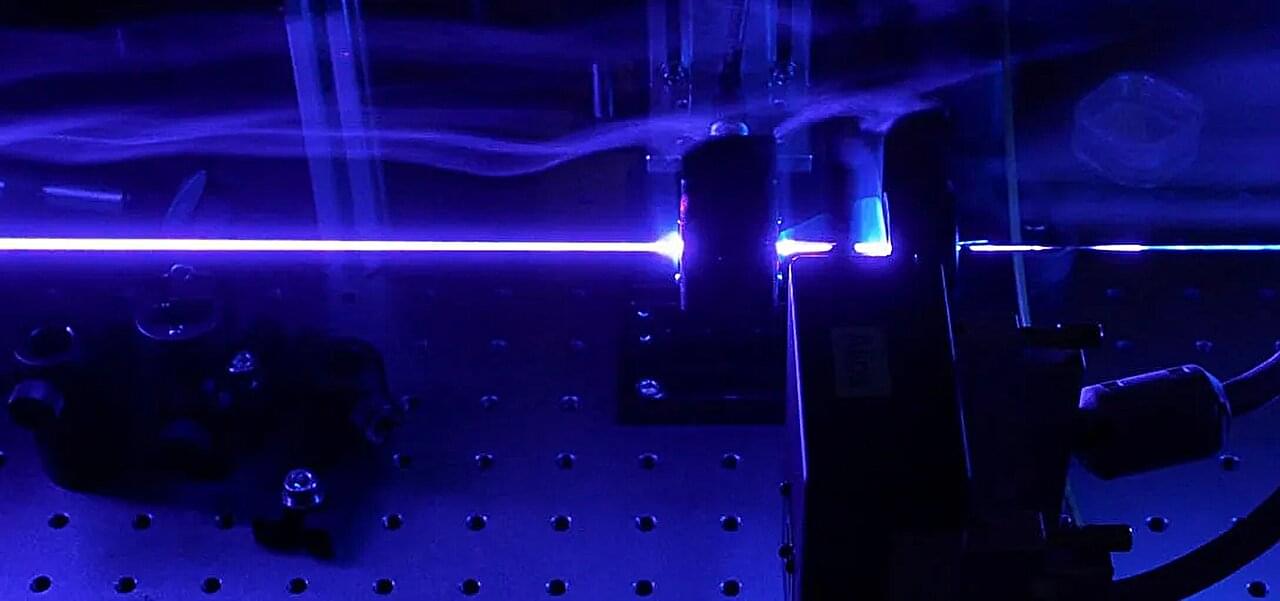
For decades, physicists have dreamed of a quantum internet: a planetary web of ultrasecure communications and super-powered computation built not from electrical signals, but from the ghostly connections between particles of light.
Now, scientists in Edinburgh say they’ve taken a major step toward turning that vision into something real.
Researchers at Heriot-Watt University have unveiled a prototype quantum network that links two smaller networks into one reconfigurable, eight-user system capable of routing and even teleporting entanglement on demand.
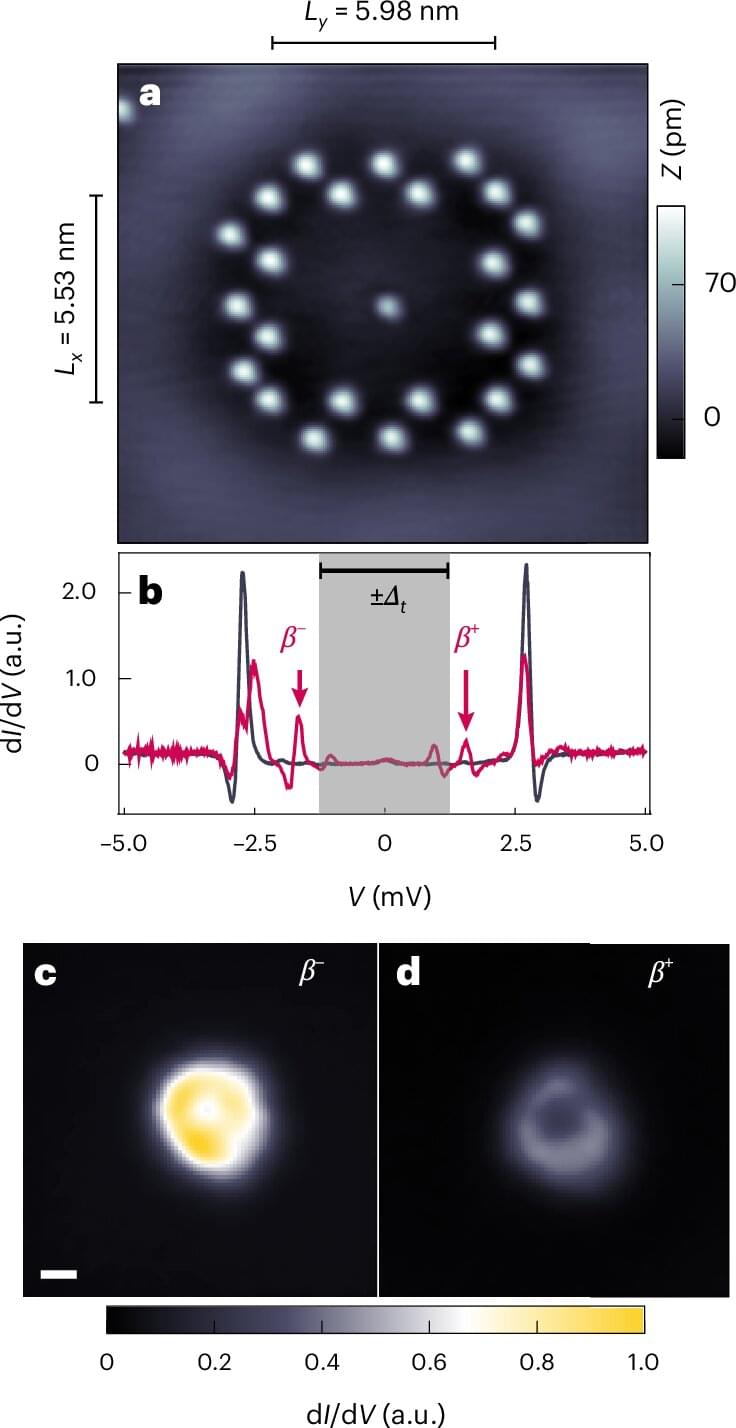
Hybrid materials made of magnets and superconductors give rise to fascinating quantum phenomena, which are so sensitive that it is crucial to measure them with minimal interference. Researchers at the University of Hamburg and the University of Illinois Chicago have now demonstrated, both experimentally and theoretically, how these quantum phenomena can be detected and controlled over longer distances using special techniques with a scanning tunneling microscope.
Their findings, which could be important for topological quantum computers, were published in the journal Nature Physics.
When a magnetic atom is located in a superconductor, so-called Yu-Shiba-Rusinov quasiparticles are created. Normally, they can only be measured with a high detection probability directly at the location of the atom using the tip of a scanning tunneling microscope.
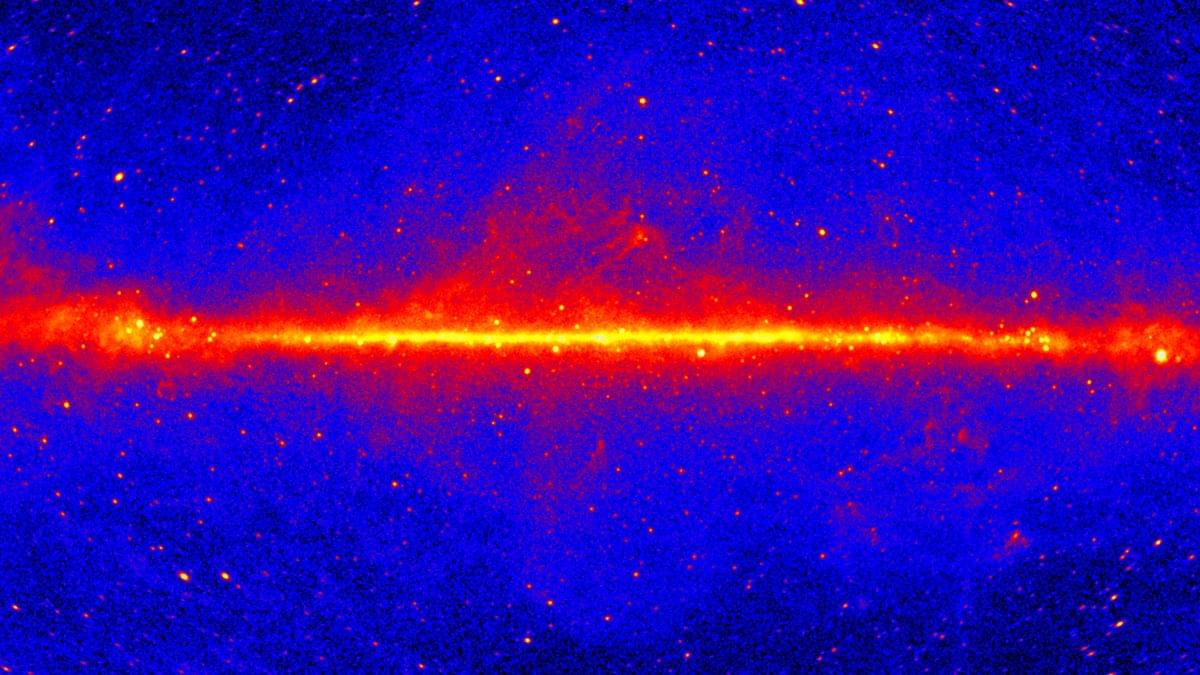
A strange, never-before-seen glow in the halo of our galaxy may be the strongest dark-matter breadcrumb yet.
A new analysis of 15 years’ worth of data from the Fermi Gamma-Ray Space Telescope reveals a glow of unusually high-energy gamma rays that cannot easily be attributed to any known source.
According to astronomer Tomonori Totani of the University of Tokyo in Japan, it may be the radiation produced when hypothetical dark matter particles collide and wipe out one another.
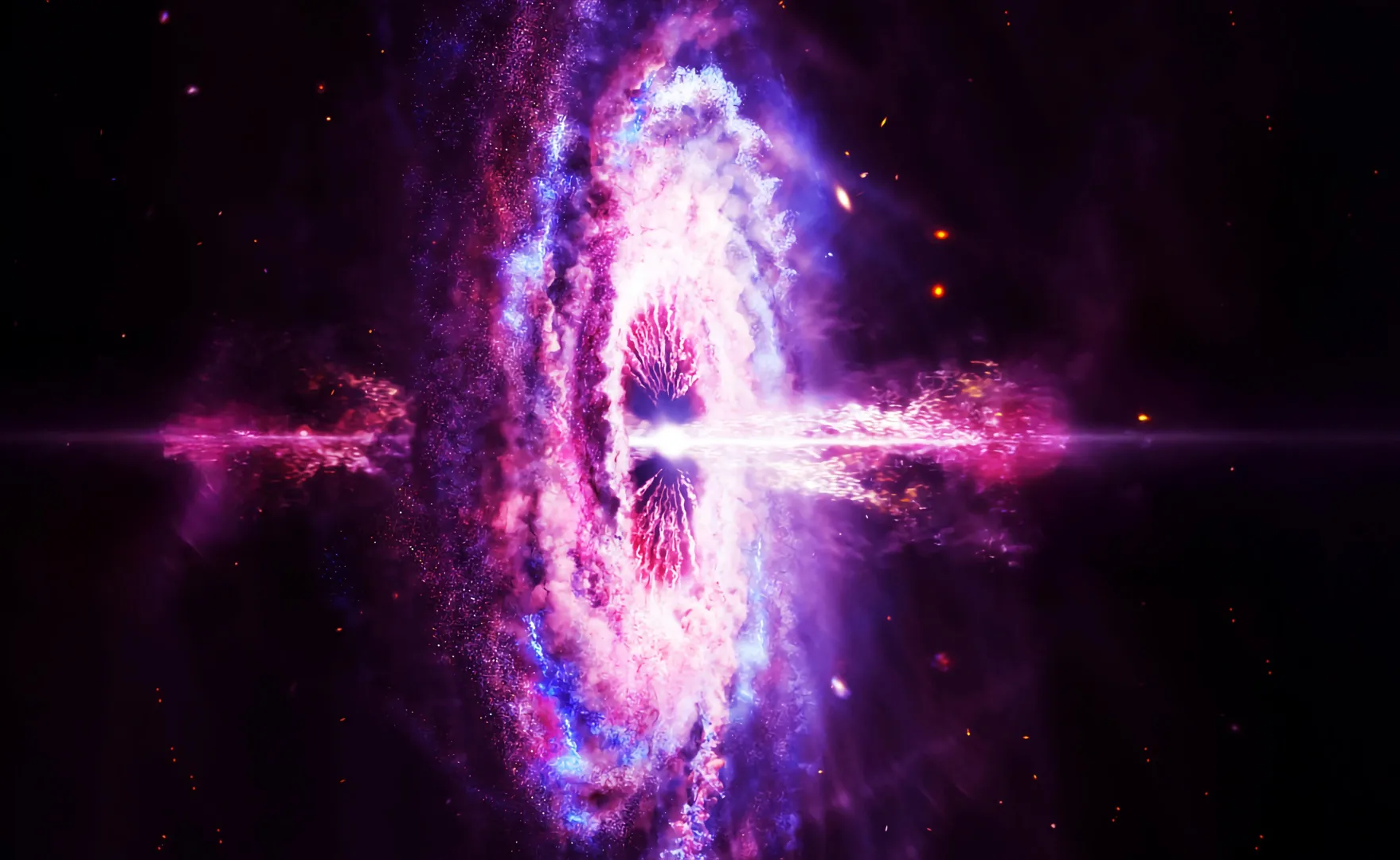
LHAASO has traced the mysterious cosmic ray “knee” to powerful micro-quasars firing ultra-energetic particles across the galaxy. LHAASO has uncovered that micro-quasars, black holes feeding on companion stars, are powerful PeV particle accelerators. Their jets produce ultra-high-energy gamma rays and protons that exceed long-held expectations. Precise cosmic-ray measurements reveal a new high-energy component, suggesting multiple sources within the Milky Way. These findings finally tie the “knee” structure to black hole jet systems.
Milestone results released by the Large High Altitude Air Shower Observatory (LHAASO) on November 16 have finally clarified a decades-old puzzle in astrophysics: the unusual drop in cosmic ray counts above 3 PeV that produces what scientists call the “knee” in the cosmic ray energy spectrum.
The cause of this steep decline has remained mysterious since it was first identified nearly 70 years ago. Researchers long suspected that the feature reflects the highest energies that cosmic ray sources can reach, marking a shift in the spectrum from one power-law behavior to another.
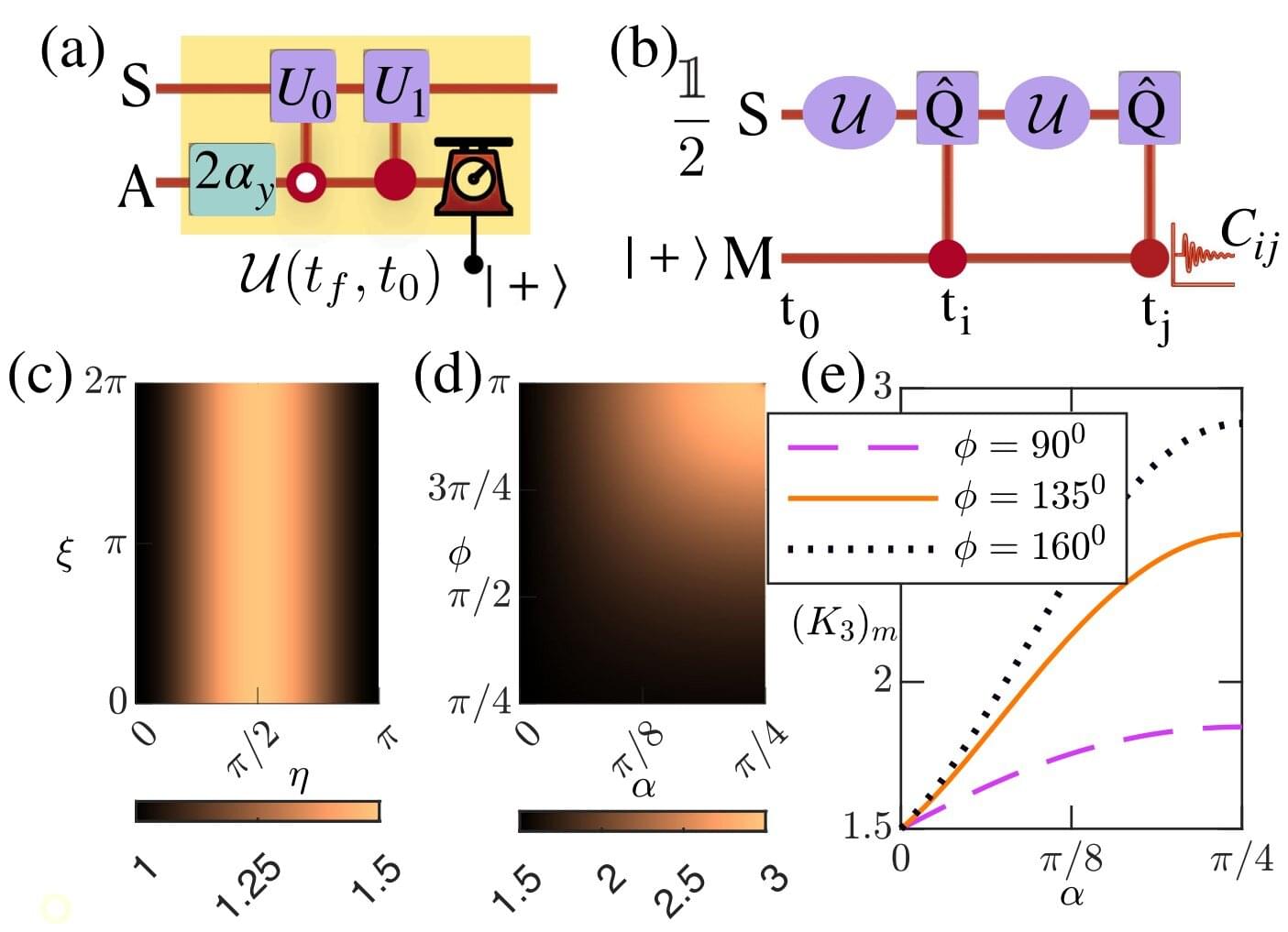
The quantum world is famously weird—a single particle can be in two places at once, its properties are undefined until they are measured, and the very act of measuring a quantum system changes everything. But according to new research published in Physical Review Letters, the quantum world is even stranger than previously thought.
What happens at the quantum level is in stark contrast to the classical world (what we see every day), where objects have definite properties whether or not we look at them, and observing them doesn’t change their nature. To see whether any system is behaving classically, scientists use a mathematical test called the Leggett-Garg inequality (LGI). Classical systems always obey the LGI limit while quantum systems violate it, proving they are non-classical.
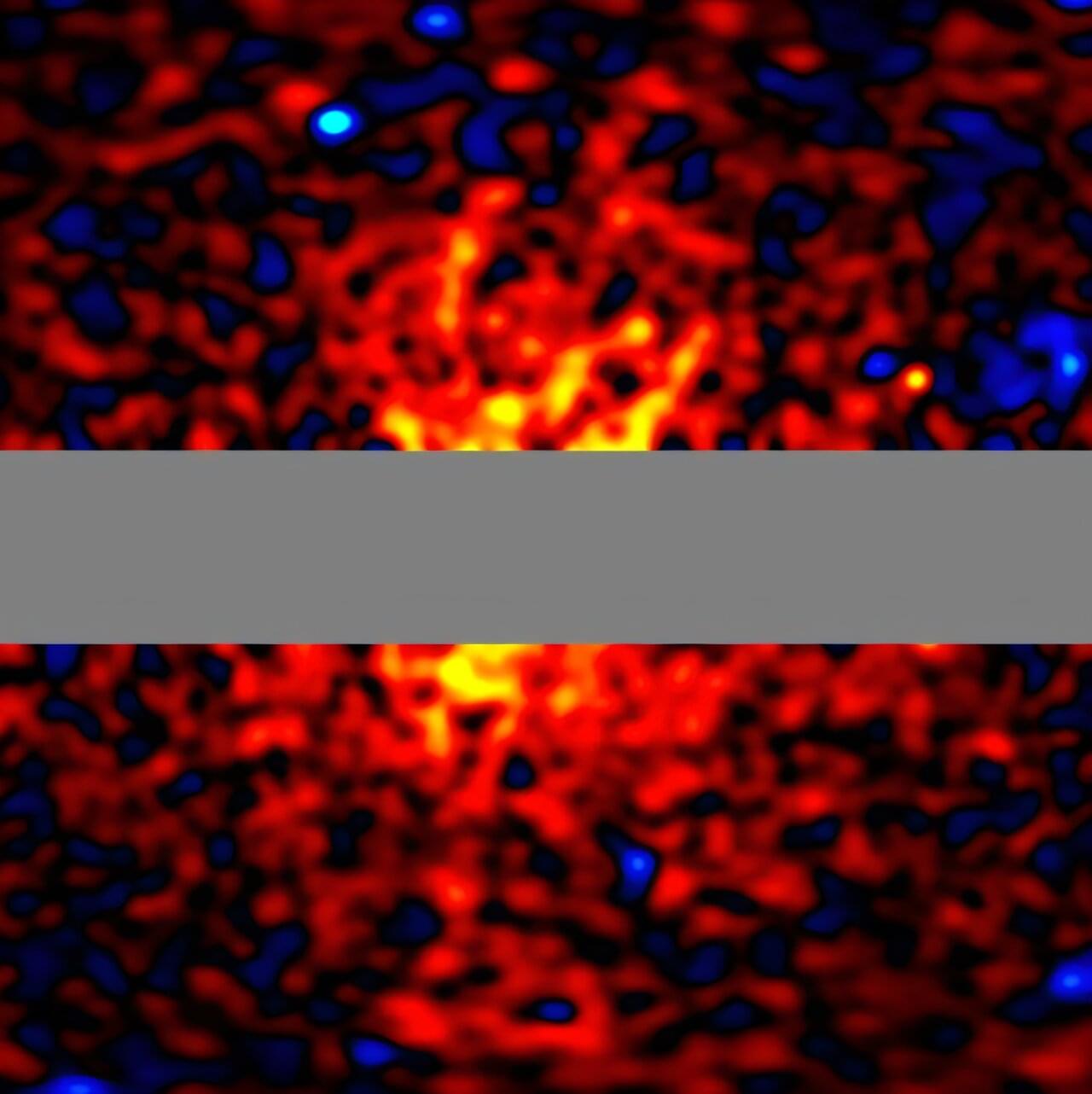
In the early 1930s, Swiss astronomer Fritz Zwicky observed galaxies in space moving faster than their mass should allow, prompting him to infer the presence of some invisible scaffolding—dark matter—holding the galaxies together. Nearly 100 years later, NASA’s Fermi Gamma-ray Space Telescope may have provided direct evidence of dark matter, allowing the invisible matter to be “seen” for the very first time.
Dark matter has remained largely a mystery since it was proposed so many years ago. Up to this point, scientists have only been able to indirectly observe dark matter through its effects on observable matter, such as its ability to generate enough gravitational force to hold galaxies together.
The reason dark matter can’t be observed directly is that the particles that make up dark matter don’t interact with electromagnetic force—meaning dark matter doesn’t absorb, reflect or emit light.
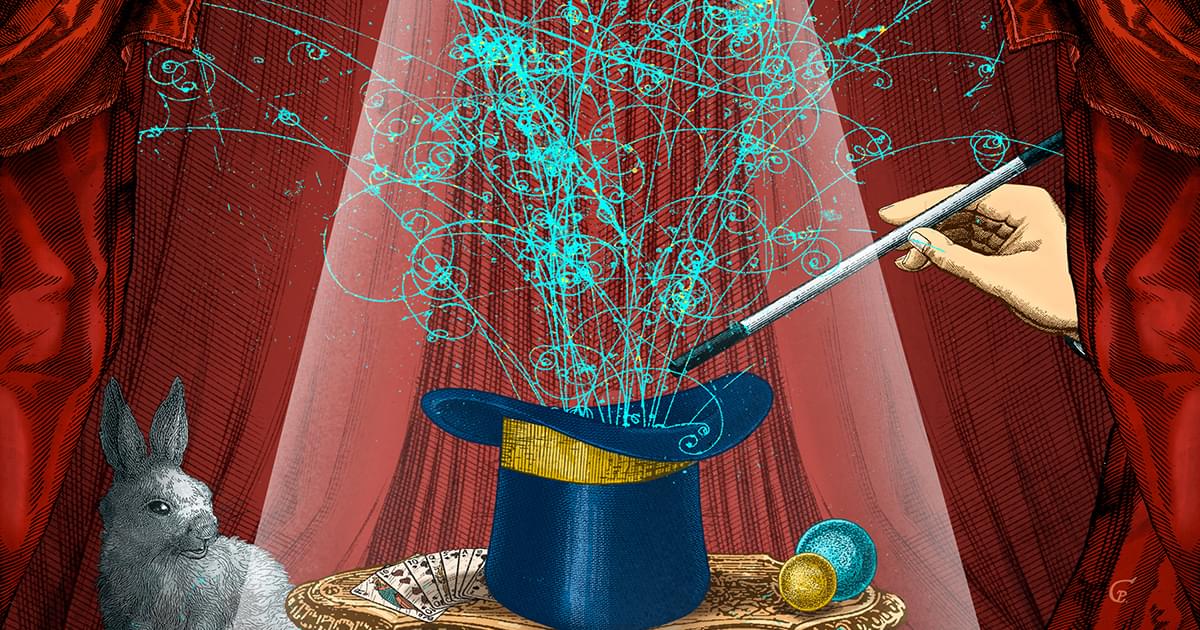

Whether the Universe will ‘end’ at all is not certain, but all evidence suggests it will continue being humanity’s cosmic home for a very, very long time.
The Universe – all of space and time, and all matter and energy – began about 14 billion years ago in a rapid expansion called the Big Bang, but since then it has been in a state of continuous change.
First, it was full of a diffuse gas of particles that now make up atoms: protons, neutrons, and electrons. Then, that gas collapsed into stars and galaxies.